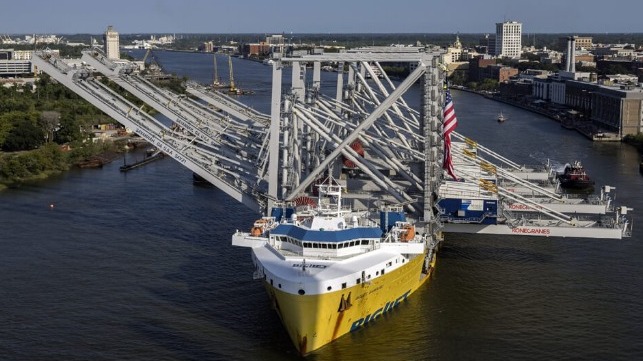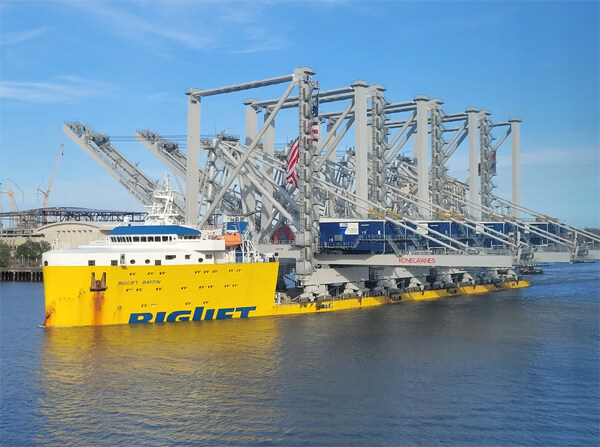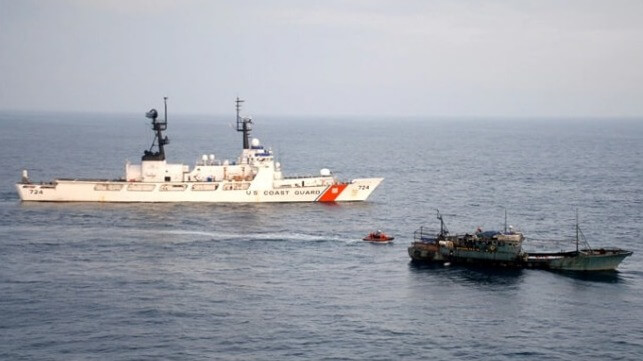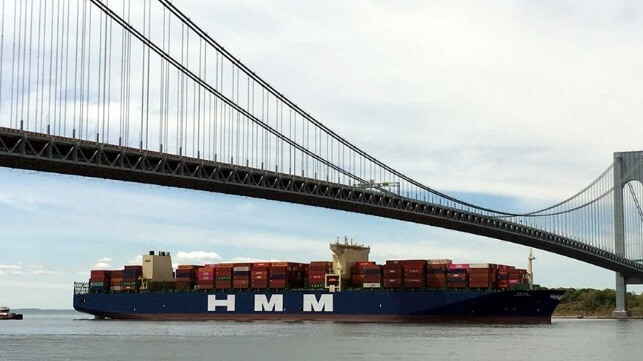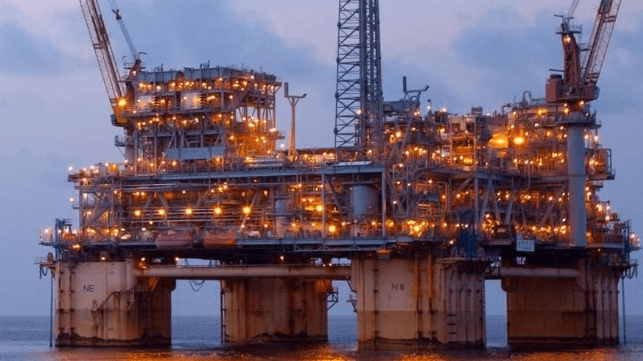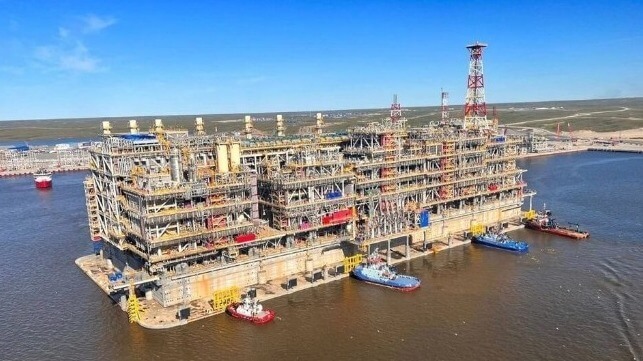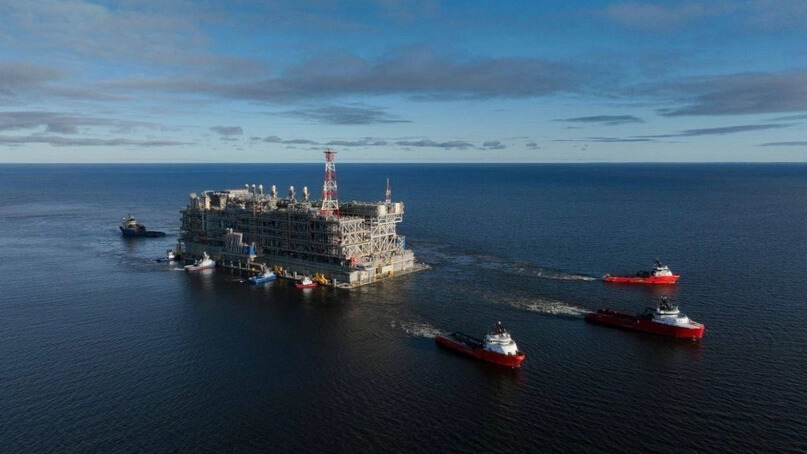British Columbia Premier David Eby is calling on the Bank of Canada to halt further interest rate hikes, saying people are "hurting," and another rate increase next month might worsen, and not reduce, inflation.
In a letter Thursday to Bank of Canada governor Tiff Macklem, Eby urged him to consider the "human impact" of rate hikes, which the bank has employed as an anti-inflationary measure.
The Bank of Canada, an independent body, is set to make an interest rate decision next Wednesday.
"While the role of the Bank of Canada is to make decisions about monetary policy, my role as premier is to stand up for people in B.C. and ensure their voices are heard as decisions are made that impact them," said Eby's letter.
"People in B.C. are already hurting," he said. "In your role as governor, I urge you to consider the full human impact of rate increases and not further increase rates at this time."
The letter said the Bank of Canada had raised rates 10 times since March last year, with the current lending rate at five per cent, the highest in 22 years.
Eby wrote that a Statistics Canada update last month stated that the largest contributor to inflation in Canada was mortgage rates.
"A rate increase in September is more likely than not to lead to higher mortgage rates again, directly causing further inflation," he wrote.
Sean Gordon, a Bank of Canada media relations consultant, said in a statement the bank has no comment on Eby's letter "as we are currently in the blackout period ahead of our next interest rate decision."
The Bank of Canada announces its key policy decision, the setting of interest rates, eight times a year.
Members of the bank's Governing Council observe a blackout no-comment period around the time of the decisions, says the bank's website.
Eby also wrote Thursday to Prime Minister Justin Trudeau calling for a targeted approach to fighting inflation, focusing on housing and infrastructure improvements.
The letter to Trudeau said a focus on such key sectors will have long-term anti-inflationary benefits while growing the economy and improving productivity.
"There are other ways for us to achieve cost stability, but they do require diligence and co-ordination," said the premier's letter to Trudeau. "The time is overdue for such an effort," said Eby. "Ahead of September's rate decisions, I suggest a robust and targeted approach focused on the largest contributors to inflation."
Eby's letter to Macklem said "unnecessary" further interest rate increases pose a danger not just to homeowners looking to renew mortgages but to renters, students, seniors, families and small business people looking to pay bills, just as they start to recover from the COVID-19 pandemic.
Wal van Lierop, a Vancouver-based venture capitalist, said further interest rate increases will hit most Canadians and affect future growth and investment plans of businesses and governments.
"These across-the-board interest rate increases are hurting Canadians, and, in particular, the middle class and everyone below that, and it is hurting government in trying to achieve the goals that they have set for things like affordable housing and fighting climate change," he said.
Van Lierop said his company, Chrysalix Venture Capital, invests globally in industrial innovations that tackle climate change and help companies reach carbon-neutral targets.
He said he respects the Bank of Canada's independence but the time has arrived for a more modernized approach to fighting inflation.
"The Bank of Canada has no plan other than trying to achieve a traditional goal of two per cent inflation," said van Lierop. "While that was laudable in the 1980s, I think it is now up to the Bank of Canada to start to innovate and not just use the methods they have used in the past 50 years, basically a sledgehammer of all-across-the-board rate increases."
This report by The Canadian Press was first published Aug. 31, 2023.
Mortgage growth buckles under weight of rate
hikes in Canada
Stephanie Hughes, Bloomberg News
The aggressive pace of interest-rate hikes is hitting mortgage books at Canada’s biggest banks, leading to slowing loan growth, longer amortization periods and a rise in impairments.
Higher borrowing costs cut into mortgage growth, with would-be homebuyers sitting on the sidelines. At the country’s five largest lenders, including Royal Bank of Canada and Toronto-Dominion Bank, residential loan growth slowed to 4 per cent in the fiscal third quarter, compared with annual growth of 9.8 per cent a year earlier.
Meanwhile, the amount of impaired loans in the five firms’ core Canadian banking businesses almost doubled from a year earlier. Stage 3 loans — an accounting category for loans in default that are less likely to be paid back — ballooned to nearly $1.3 billion (US$960 million) in the three months through July from $717 million a year earlier.
Royal Bank and Toronto-Dominion had the largest Stage 3 totals, at $302 million and $285 million, respectively, reflecting the bigger loan books at the two banking giants. Still, the figures account for a small fraction of the lenders’ overall portfolios.
Bank of Nova Scotia said it’s been deliberately slowing mortgage growth as it shifts use of capital.
“We’re just being more disciplined with regards to customer selection at time of origination, and this is a good time to drive that standard higher here because it’s a softer, slower housing market,” Dan Rees, Scotiabank’s head of Canadian banking, said on a conference call this week. “We are also being more efficient with regards to our use of capital and using customer deselection at renewal as part of that conversation.”
The strategy has been improving Scotiabank’s net interest margin, or the difference between what a bank earns on loans and what it pays for funding, over the past two quarters, said National Bank of Canada analyst Gabriel Dechaine. Mortgage balances have declined about 2 per cent in its Canadian division since the beginning of the year, he said.
The timing of the pullback is ideal since mortgage spreads have been tight in recent quarters, Dechaine said in a note to clients, and investors may welcome lessened exposure to the residential-loan market as risks rise.
Other banks have taken different approaches to mortgage risks. Some are reaching out to borrowers who’ve hit their trigger rates — the point where they’re paying only interest, and aren’t making progress on their loan’s principal. Banks are proposing solutions such as lump-sum payments, fixed-rate mortgage options or extending the mortgage’s amortization to keep monthly payments from rising too much.
The last option has been popular with Toronto-Dominion and Royal Bank clients, boosting the share of mortgages with amortizations of more than 25 years.
In the third quarter, 43 per cent of Royal Bank’s Canadian residential loans had amortization periods exceeding 25 years, up from 40 per cent a year earlier and 26 per cent in January 2022, before the Bank of Canada began its rate hikes. At Toronto-Dominion, the share of over-25-year amortizations rose to 48 per cent from 35 per cent a year earlier, and at Canadian Imperial Bank of Commerce the portion grew to 47 per cent from 43 per cent.
Perhaps more concerning for CIBC is the $37 billion of Canadian mortgages on its books that are set to renew in 12 months, $7 billion of which are variable. As borrowing costs rise, variable-rate mortgages are impacted, with the bank offering to extend amortizations to borrowers who need it until renewal, CIBC said in an investor presentation Thursday. Once a mortgage is renewed, it reverts back to its original term schedule, which may require additional payments.
“Proactive outreach included a number of programs and initiatives throughout the year to help our clients through a rising rate environment,” CIBC said in the presentation.
The Bank of Canada began its recent rate-hiking campaign in March 2022, raising its trend-setting policy rate from 0.25 per cent to, most recently, 5 per cent, the highest in 22 years. Canadian lenders raised the prime rates they charge Canadian consumers in tandem, leading to the highest mortgage costs in years.

